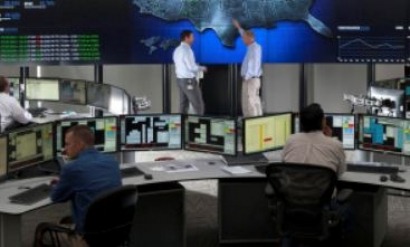
According to the firm the new center combines First Solar's power prediction and analytical capabilities with its advanced diagnostics and plant controls that maximize power output and minimize maintenance costs for its customers.
"Our years of experience and investment have enabled us to build a proprietary system that allows us to optimize our customers' power plants to produce the maximum amount of energy and revenue under their power purchase agreements while minimizing costs and risk," said Bob Callery, Vice President of O&M. "The vast quantity of data we gather also gives us invaluable insight into the real-world performance of our products and supports the continuous improvement of our power plants."
The center is located in Mesa, Arizona in the US, and is fully compliant with North American Electric Reliability Corporation (NERC) standards. It is designed to be scalable to accommodate the growing global fleet of PV power plants in First Solar's O&M program.
The company currently operates for its customers 14 plants with 460 MW of peak generating capacity. Those numbers will increase to 23 plants with 850 MW of capacity by year-end, and 27 plants with 2,200 MW of capacity in 2013.
First Solar says beginning today the center will collect and process a wide range of real-time power plant data, including electrical performance, equipment status and weather data, which will be monitored and analyzed against key performance and operational parameters.
Automated data analysis will detect issues in the plants and automatically dispatches maintenance crews to resolve them. Proprietary algorithms developed using years of O&M data will enable the system to predict potential issues and schedule preventive maintenance before a problem occurs.
A key feature of First Solar's power plant design is its advanced plant controls, which it says are critical for managing grid reliability and stability and can be controlled remotely from the operations center.
Features include ramp-rate control, which limits how fast a power plant's output increases or decreases in order to minimize grid disruption; ride-through capability, which enables a power plant to operate through faults and other grid disturbances; active power control, which can be used to modulate power output; and frequency droop control, which enables a power plant to provide critical grid support when grid frequency is changing. These tools have become increasingly important as more solar generating capacity is connected to the grid.
"Predictability and reliability have become increasingly critical to utilities and grid operators as large-scale renewable power plants are connected to the grid," said Mahesh Morjaria, Vice President of Global Grid Integration. "First Solar has invested considerable time and resources to ensure our power plants integrate seamlessly into the grid and provide features that not only avoid disruptions, but also can help to actively mitigate disruptions elsewhere on the grid."
For additional information:

